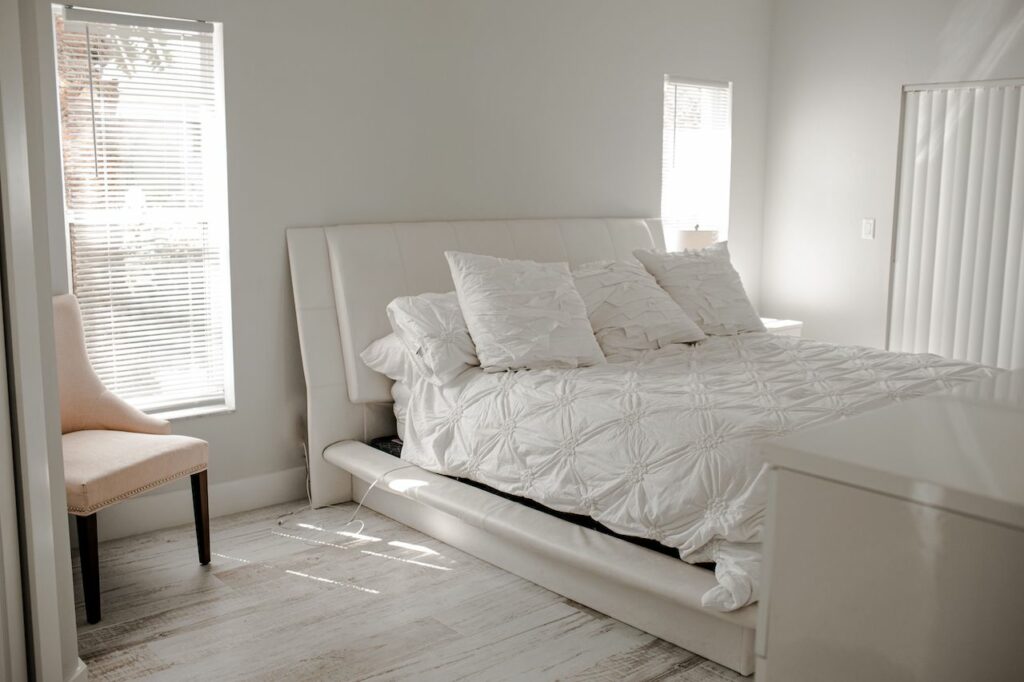Pale Green Paint Colors
If you are getting ready to engage in a painting project, then you know that you have many different decisions to make first. You must decide which paint color to use in your designated room, which paint sheen is best for your project, which paint supplies to find or purchase, and whether or not you need to prime the wall before you paint the surface, too.
Whether or not to prime a wall does not have one definite answer, but we are here to help you with the deciding factors that will weigh-in on your need to prime a wall, or not before you paint the wall’s surface. Although there is no “yes or no” final answer, thinking about some of the following scenarios will help you to make the best decision for your home.
First of all, you may be wondering what is primer exactly. Paint primer is an undercoat that is placed on a surface before it is painted. Primer helps to seal the wall’s drywall material, so that paint will spread on the surface evenly and will not instantly soak into the wall itself. Primer helps to prevent the growth of mold, helps to showcase the true color of the paint, and will help your painted wall hold the chosen paint color for a long amount of time.
If your home is new and the drywall has never been painted before, then putting a layer of primer on your walls and ceiling first is highly recommended. The primer will seal the drywall and will start a solid foundation for immediate paint projects, and for all of those future paint projects, too. Primer is also suggested if you have had drywall replaced or repaired, as well. Any unpainted drywall will benefit from having a layer of primer applied to the new surface.
If you are transitioning from a light paint color to a dark paint color within a room, the need for primer is probably not necessary. Dark paint will usually completely cover a light-painted surface with just one coat of good paint, or possibly two coats of paint. If, however, you are transitioning from a dark paint color to a light paint color, then you probably should prime the wall first. Light paint colors may not completely hide the dark painted wall, thus distorting the new paint color of your choice.
Priming a wall before painting is usually a good idea; however, there are a few instances when it may not be necessary. For more information, check with your local paint supply company or with your personal paint company to determine which is the best procedure for you.


